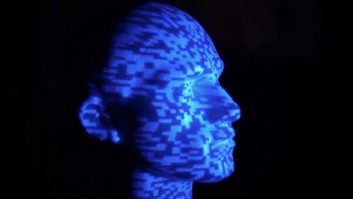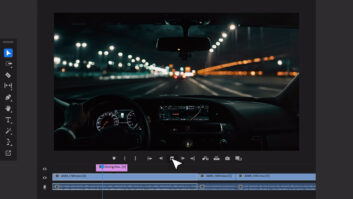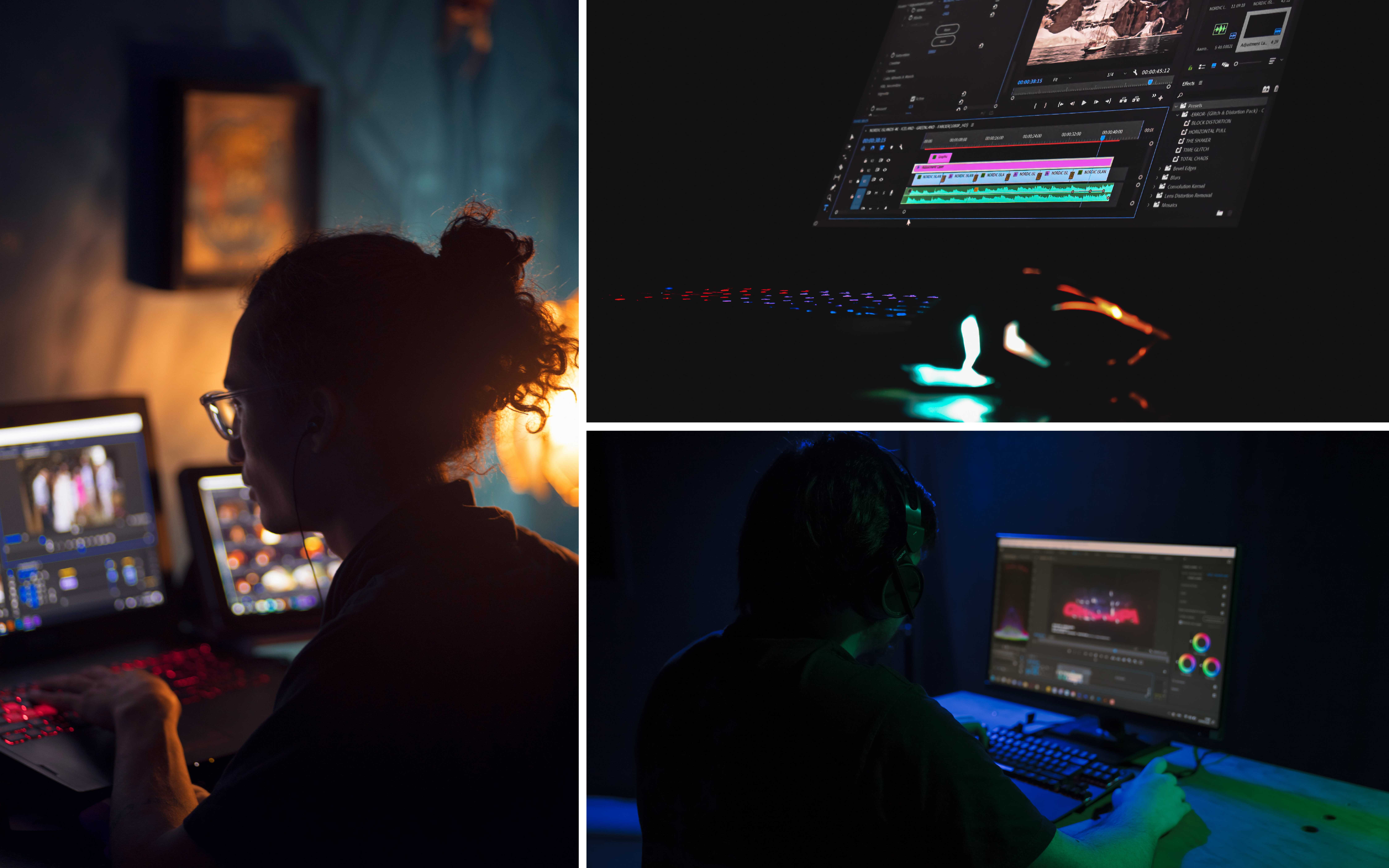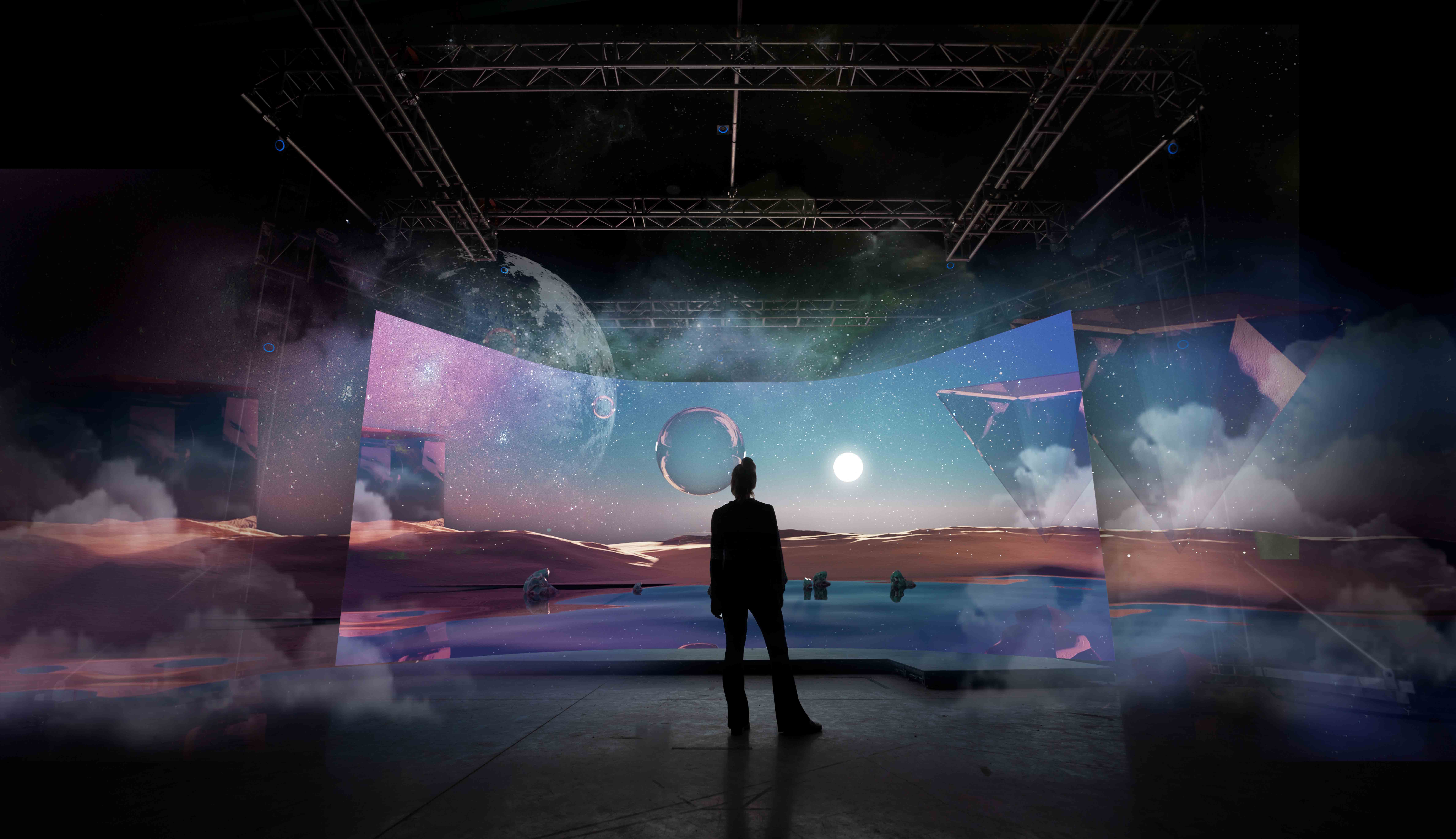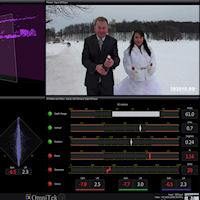
T&M equipment manufacturer OmniTek is adding a range of new features to its 3D Toolset for OTM and OTR waveform analysers. OmniTek is also announced as the Gold Sponsor for industry leading conference 3D Masters held at BAFTA, London on 13 June.
The 3D Toolset’s new features are being previewed in February at BVE in London, HPA in Los Angeles and CABSAT in Dubai.
OmniTek’s original 3D Toolset, introduced in July 2011, featured Depth Plans giving ‘helicopter’ views of the stereo 3D content from above and from the side in addition to the Depth Map and Depth Histogram representations offered in other 3D video analysis packages.
In the extended toolset, these displays are joined by a Real World Projection with a viewer position that can be dragged left to right and up and down to show the view from any angle . Another new display is a set of 3D Meters that analyse the differences between pairs of left and right images and interpret them in terms of not just depth information (horizontal disparity) but also errors in vertical alignment (vertical disparity), camera rotation (roll), differences in zoom level, differences in sharpness and colour gain/lift differences – information that can be used to adjust the cameras capturing the images.
A third new display is a set of plots comparing the colour components of corresponding points in the left and right images (pictured). If the gain and lift applied to the images was identical, the points would all be on a vertical line down the middle of these diagrams but in practice they are distributed. The OmniTek display shows the best-fit for each colour component with lines referred to as Chroma Sabres, the angle of which gives the difference in the gain applied to the right image compared to that applied to the left while the offset similarly shows the difference in lift.
The company has also extended the range of 3D images that can be analysed. Originally, the analyses could only be applied to left and right images provided as separate video signals. The new version will also be able to analyse S3D video provided in side-by-side, top+bottom or mirror formats. The range of status information given about S3D video has also been greatly enhanced.
To work effectively with stereo 3D video requires a detailed understanding of how the horizontal disparities between the left and right images are perceived as objects at different depths by someone sitting in front of the screen. In particular, it is important to understand the effect of screen size and the position of the viewer on the effect that is seen. There are also potential issues with how 3D footage is shot in the first place.
Some of the ideas are quite complex to get to grips with and while guidelines provided by broadcasters are good as rules of thumb, they can ignore several issues that affect the 3D viewing experience. For example, they may ignore both the effect of using zoom or camera toe-in on 3D perception and the risk of geometric distortions that could cause eye-strain.
To help in understanding the issues, OmniTek has produced a white paper on Stereo 3D Monitoring and Correction that both explains how disparity may be monitored in line with the guidelines but also looks at the limitations of disparity-based QC and goes into how S3D video is actually perceived. Read more about OmniTek’s stereo 3D monitoring and correction in the company’s white paper.
www.omnitek.tv
